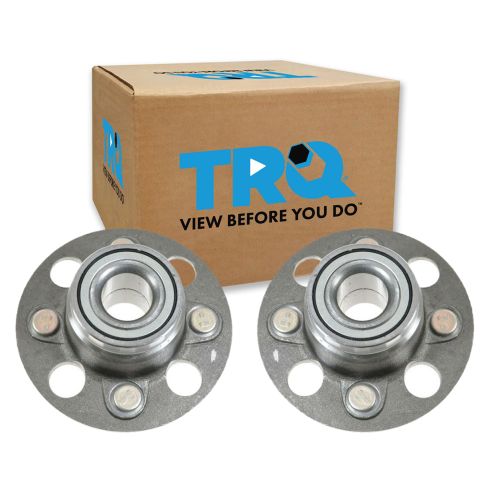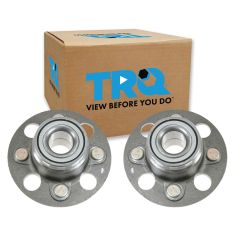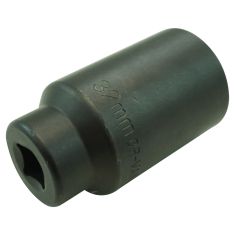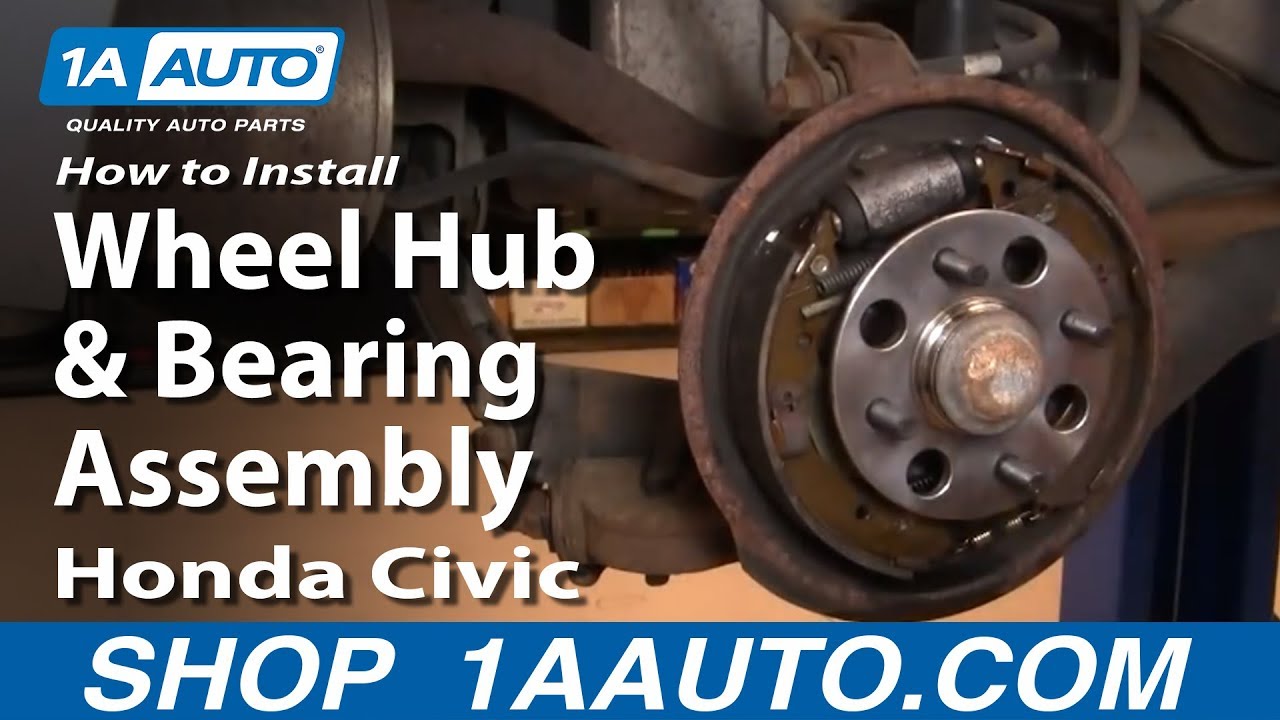1ASHS00492-Honda Civic Rear Driver & Passenger Side 2 Piece Wheel Bearing & Hub Assembly Set TRQ BHA53590



Replaces
2003 Honda Civic GX Rear Driver & Passenger Side 2 Piece Wheel Bearing & Hub Assembly Set TRQ BHA53590


Frequently bought together
Product Reviews
Loading reviews
5.00/ 5.0
2
2 reviews
Great replacement part
December 15, 2020
Easy to install. Works fine this two months that I have it.
Awesome product
February 27, 2021
Highly recommend. Resolved my humming noise I had coming from the rear due to bad bearings. Easy to install perfect fit!
Customer Q&A
No questions have been asked about this item.
Honda is a registered trademark of Honda Motor Co., Ltd. 1A Auto is not affiliated with or sponsored by Honda or Honda Motor Co., Ltd.
See all trademarks.










